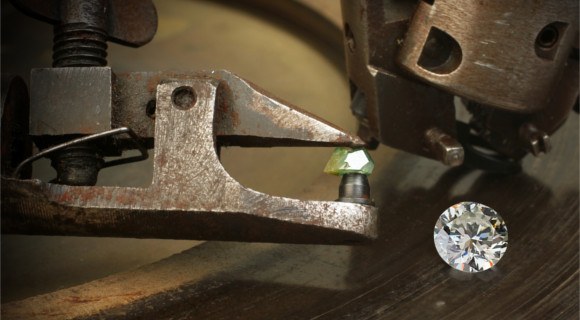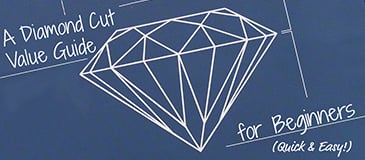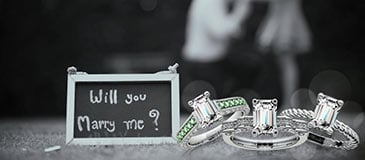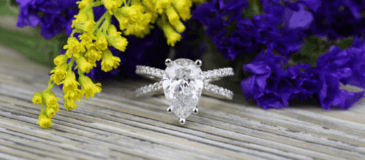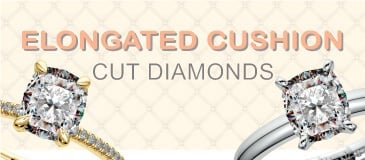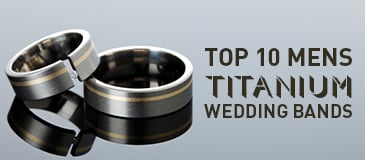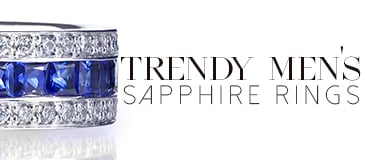If you are shopping for a diamond, you may be wondering which cut should you buy. The whole answer depends on your budget, but there are a few things you should keep in mind to make your decision easier.
First, it’s important to note that the cut grading scale above is the not only scale you should rely on when choosing a diamond. Some retailers will use grades such as “ideal” or “super ideal” to describe their stock. While these are often great indicators of quality, be sure to always ask for the GIA grade as well as the retailer-specific grade.
When it comes to choosing your cut grade for a particular diamond shape, the grade that you need to get the right amount of brilliance can vary.
If you are buying a round diamond, it’s recommended that you choose one with a grade of very good or excellent if you want as much brilliance as possible. If you are buying other shapes, such as emerald or Asscher cuts, which hide imperfections better, you can go with a grade of good or higher and get the same amount of sparkle.
Note that a diamond with a high cut grade will still appear brilliant even if it has a low clarity grade. On the other hand, a diamond with a high clarity grade will not appear brilliant if it has a low cut grade. Because of this, you should prioritize finding a diamond with a high cut grade, instead of looking for a stone with a high clarity grade.

